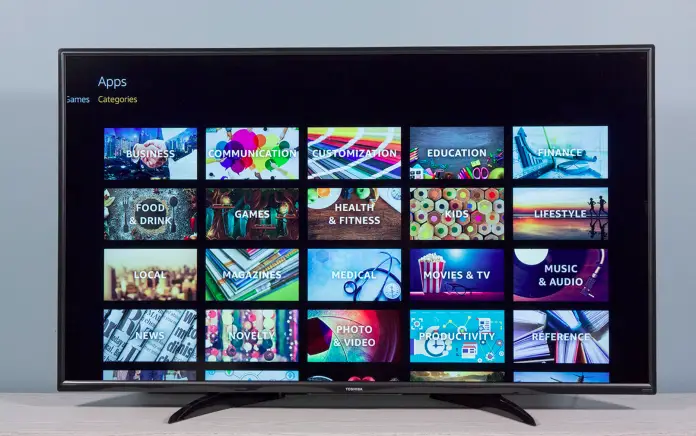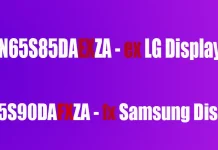Along with such well-known manufacturers like LG, Samsung, Sony, and others, Toshiba has a reputation for producing diverse and high-quality products. Not inferior to its competitors in quality due to the fact that its LCD TVs are at the forefront of the home entertainment technology and this brand is one of the most popular in the world. Of course, I have not yet met devices or appliances without flaws. Like any other manufacturer’s products, Toshiba LCD TVs aren’t without problems. Fortunately, because Toshiba produces quite-quality products, in most cases, you only need to follow the manufacturer’s instructions to fix the problem. More details about the problems and their solutions we will consider further.
Most common Toshiba problems
Now, we’ll take a look at the most common problems:
Black bars
LCD TVs from Toshiba use a 16:9 aspect ratio, wider than older 4:3 tube TVs. While this allows you to display widescreen movies and other programs the way they were originally intended, you might still get black bars at the top or bottom of the screen if the show you’re watching doesn’t match the TV’s aspect ratio. Black bears don’t harm the screen or the quality of the content you’re watching in any way, but in case they distract you from your viewing experience, you can configure them. To do this you need to:
- Press the Pic Size button on your remote control.
- Once pressed, several options will appear. Each one will have a corresponding number on it.
- Select the number for the ratio you want and press it with your remote.
You may not be able to select the right ratio at first. To find out which ratio looks best try a few of the ones you think are most suitable. When the image is the right size you’ll know you’ve chosen the right one.
Image resolution
Quite often people complained about the unreliable characteristics provided by the purchase of Toshiba LCD TVs. For example, sometimes when buying a model with the claimed 1080p picture resolution, which was considered the highest resolution in 2009, customers ended up not getting a TV with this specification. As a result, they were receiving a TV supporting 1080i resolution. That resolution was close to 1080p but still lacked the clarity and clarity of the viewing experience. To avoid this type of misunderstanding ask a sales consultant (or just read tech specs carefully) before buying a TV about the specs so you don’t make a mistake.
Ghost image
Sometimes while watching an action movie or sports game, you may feel that the image lags. This is what is known as a ghost image. This is a common problem with many LCD TVs, the image lags when there is a lot of movement on the screen. It should be noted that the Toshiba TV solves this problem better than others, but it is still there and can cause irritation while watching.
Locks
One of the features of Toshiba LCD televisions is the lock function. This feature allows you to lock out certain channels, input connectors, and even the front panel of the TV itself. Sometimes you may accidentally activate the lock function. In such cases, you may have problems tuning to certain stations or connecting additional components to the TV. To solve this problem you need:
- Go to your TV menu using the same name button on your remote.
- Once you are in the menu, find the section called “Locks”. By selecting this section you can configure the locking of different functions of your TV. If you have previously added a PIN code on your Toshiba TV, you will need to enter it to confirm the change.
Viewing angles
Some Toshiba LCD televisions may be uncomfortable when viewed from an angle. If you’re sitting far away from the direct projection of the TV, you may have difficulty seeing the picture clearly. In more modern models of Toshiba LCD televisions, they have solved this problem. Regardless, if you buy a TV with the expectation that it can be watched by a large number of people, presumably occupying the entire room, it is recommended to choose a plasma Toshiba TV.
This article was written by Vladimir Sereda and was reviewed by Vladislav Sheridan, a Managing Editor at Splaitor, according to Splaitor’s Quality and Fact-Checking Policy.
Featured image credit: Tom’s Guide






